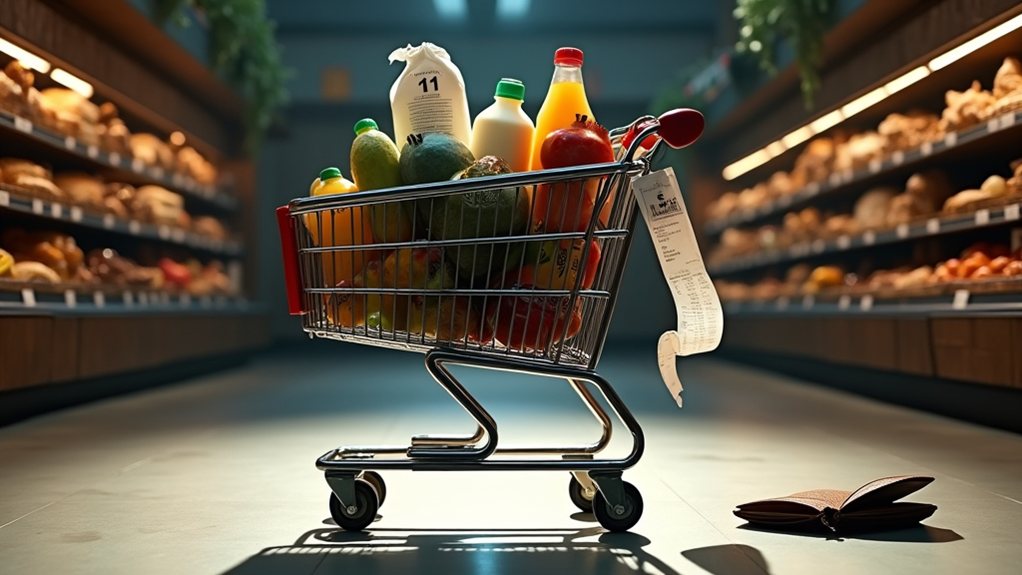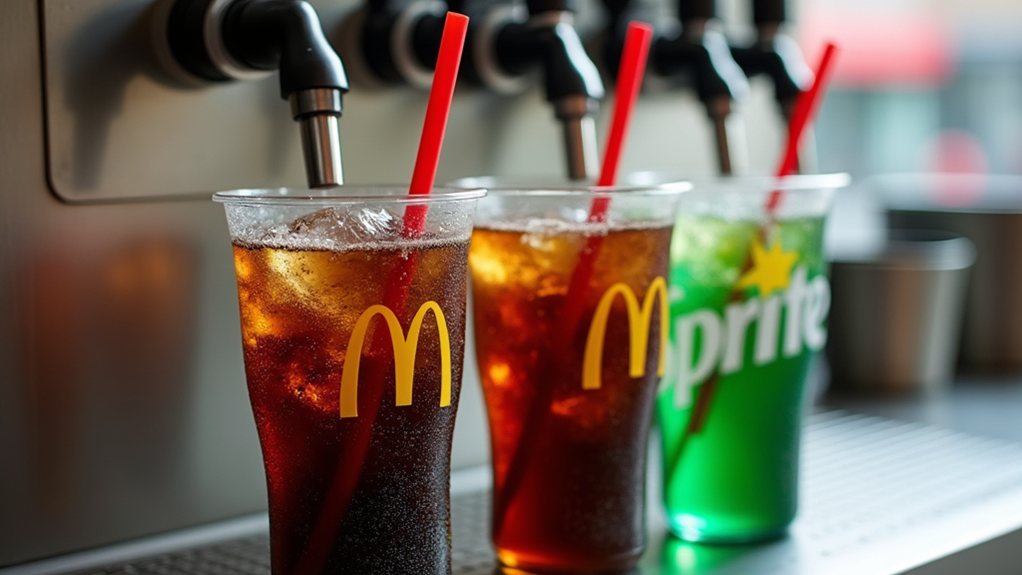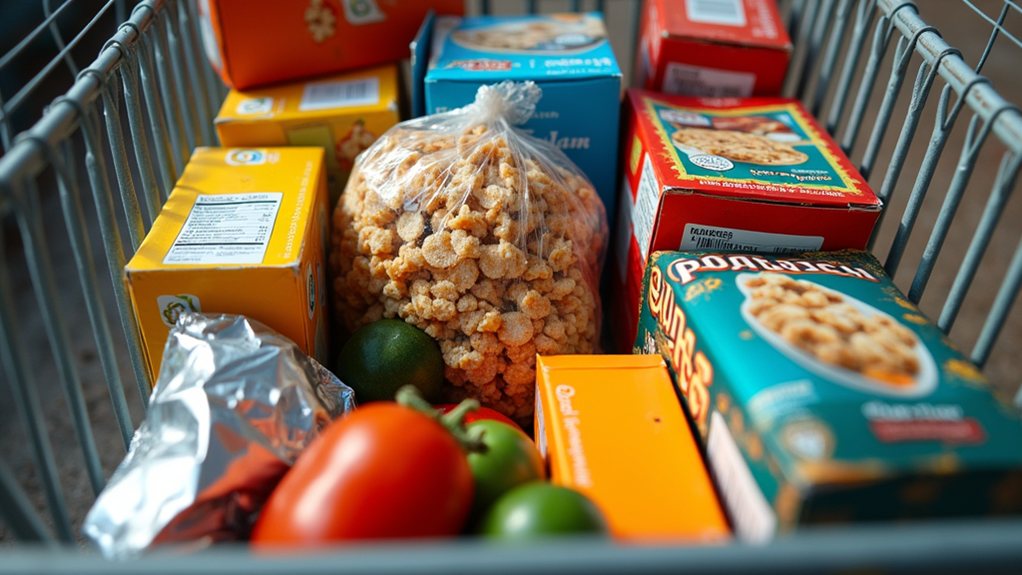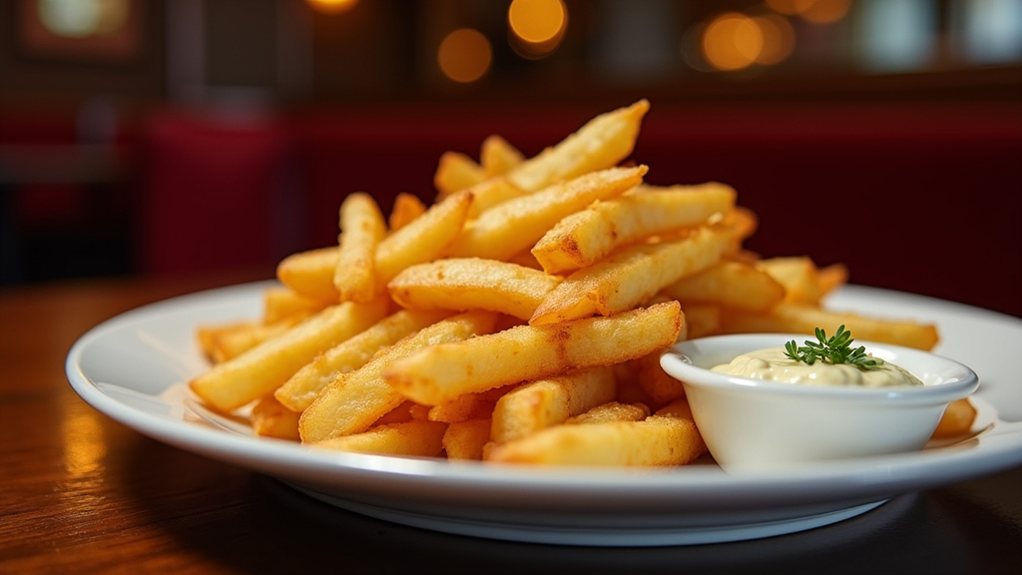Grocery shopping can transform from a routine errand into a budget-draining experience when consumers walk through the doors of certain high-end supermarkets. The pristine aisles and artfully arranged produce displays often mask the premium pricing strategies that await unsuspecting shoppers. A gallon of milk priced at $11.19 or asparagus water at $6 represents just the tip of the iceberg in these wallet-depleting establishments, where even basic necessities carry luxury price tags. Which chains are the worst offenders, and how can savvy shoppers navigate them?
Priciest Supermarket Chains to Avoid

As grocery shopping continues to take a larger bite out of household budgets, certain supermarket chains have gained reputations for being particularly expensive. Among these high-end retailers, Whole Foods tops the list with its premium pricing that has earned it the nickname “Whole Paycheck,” an indication of its ability to consume a significant portion of consumers’ earnings despite Amazon’s acquisition. The chain operates 11 locations throughout Washington state, maintaining its luxury brand image while offering quality but costly organic options. The controversial selling of asparagus-infused water for $6 exemplifies the chain’s premium pricing strategy that often attracts criticism.
The Fresh Market follows closely behind with its 173 locations across 22 states, primarily concentrated in the Southeast. This upscale grocer specializes in high-quality international products and organic offerings at prices well above the national average, with some items reaching startling heights, such as a gallon of milk priced at $11.19.
Natural Grocers, with 169 stores spanning 21 states, in the same way focuses on 100% organic products that come with a hefty price tag, including non-GMO chicken breast at $7.47 per pound.
Publix, despite its popularity in Florida and seven other states with 1,396 locations, charges higher-than-average prices for most goods, though some store-brand items offer relative value. Giant Eagle, operating 185 stores primarily in Ohio and Pennsylvania, maintains above-average pricing across most categories, particularly in meats and dairy, while occasionally offering affordable store-brand alternatives like bread.
Consumer shopping habits have evolved alongside rising prices, with 71% of shoppers now prioritizing consistently low pricing over weekly specials or coupons. New shopping apps like GroceryGrabbr help consumers make smarter choices by calculating total grocery costs before finalizing purchases. Most grocery shopping occurs during peak hours on Saturdays, between 10 a.m. and 2 p.m., when stores are bustling with activity.
The average grocery trip now costs shoppers $174, a figure that nearly 40% of consumers report exceeds their planned budget. With inflation, supply chain disruptions, and rising operational costs continuing to push prices upward, over half of consumers anticipate spending even more on groceries in 2024.
This financial pressure comes at a time when more shoppers are prioritizing health-focused products, which often command premium prices at these already expensive chains.









